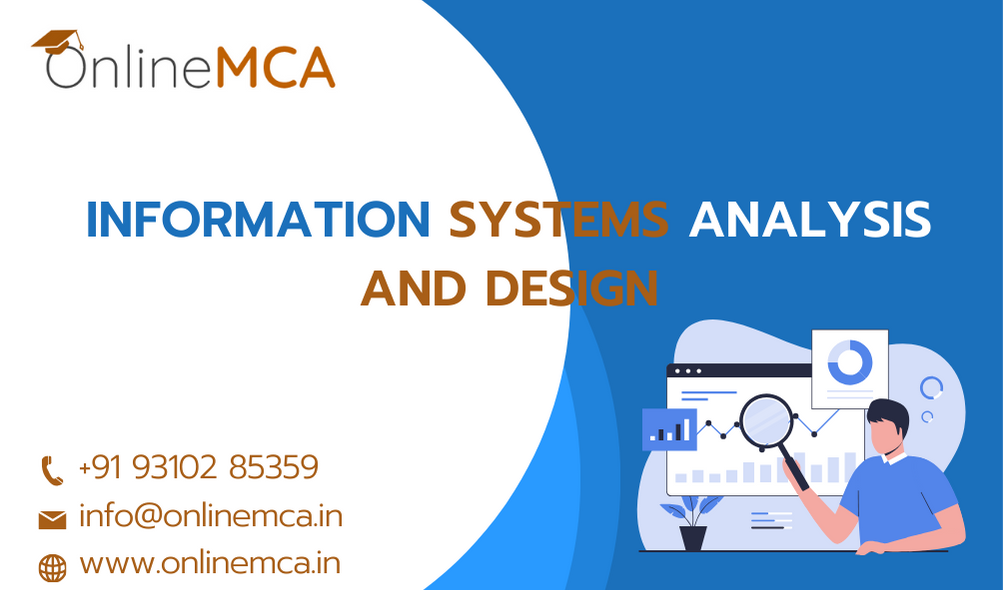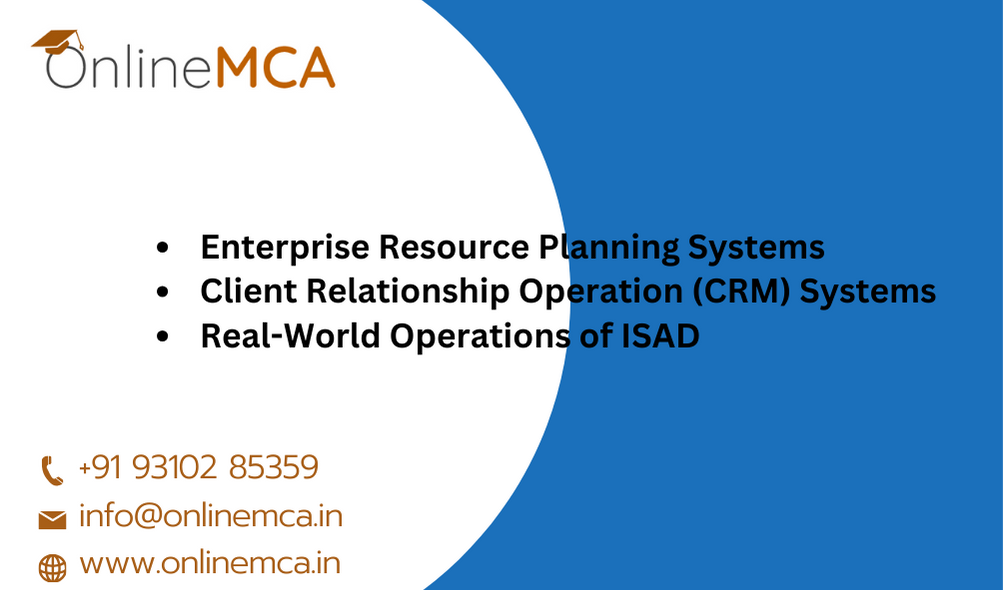In moment’s digital age, businesses rely heavily on information Systems Analysis to streamline operations, enhance decision-timber, and drive competitive advantage. At the heart of these systems lies the process of information systems analysis and design, which serves as the design for developing robust and effective IT results acclimatised to the unique requirements of associations.
In this comprehensive blog post, we claw into the complications of information systems analysis and design, exploring its significance, methodologies, crucial principles, and real-world operations.
Understanding Information Systems Analysis and Design
Information systems analysis and design (ISAD) is a structured methodology used to dissect, design, develop, and apply information systems that meet organizational objects and conditions. It involves a methodical approach to understanding business processes, relating information requirements, defining system conditions, and designing results that address stoner requirements and ameliorate organisational performance. ISAD encompasses a range of conditioning, including conditions gathering, feasibility analysis, system modelling, prototyping, testing, and deployment.
Key Components of ISAD
The first step in ISAD involves gathering and establishing stoner conditions through interviews, checks, compliances, and shops. Conditions gathering points to understand stoner requirements, preferences, and pain points, and restate them into clear and practicable specifications that guide the development process.

Feasibility Analysis
Feasibility analysis assesses the specialised, profitable, and organisational feasibility of proposed information systems. It examines factors similar as cost, resource vacuity, technology comity, and organisational readiness to determine the viability and implicit pitfalls of enforcing a new system.
System Modelling
System modelling involves creating visual representations of the proposed information system using ways similar as data inflow plates, reality-relationship plates, and use case plates. These models help stakeholders fantasise system factors, data flows, and relations, and identify implicit design excrescences or inconsistencies.
Prototyping
Prototyping involves structure gauged-down performances of the information system to demonstrate functionality, gather feedback, and validate design opinions. Prototypes allow stakeholders to interact with the system, give input, and upgrade conditions before full-scale development begins, reducing the threat of expensive crimes and rework.
Testing and Quality Assurance
Testing and quality assurance are essential factors of ISAD, icing that the information system meets specified conditions, functions as intended, and delivers value to end druggies. Testing involves relating and fixing blights, crimes, and vulnerabilities through colourful ways similar as unit testing, integration testing, and stoner acceptance testing. Deployment and perpetration.
Deployment involves installing, configuring, and integrating the information system into the association’s structure and functional terrain. perpetration encompasses training end druggies, migrating data, and transitioning to the new system, icing a smooth and flawless transition from development to product.
Methodologies and Approaches in ISAD
The cascade model is a successional, direct approach to Information Systems Analysis Design, where each phase (conditions, design, development, testing, deployment) is completed successively before moving on to the coming. While it provides a structured and methodical frame, the cascade model lacks inflexibility and may not accommodate changes or feedback during the development process.
Iterative and Incremental Development
Iterative and incremental development approaches involve breaking down the development process into lower, iterative cycles, with each cycle delivering a working prototype or proliferation of the system. This allows for nonstop feedback, refinement, and adaptation grounded on stoner input and changing conditions, leading to a more flexible and responsive development process.
Nimble methodologies, similar as Scrum and Kanban, emphasise inflexibility, collaboration, and responsiveness to change. They promote iterative development, frequent communication, and tone-organizing brigades, enabling associations to deliver high-quality results snappily and acclimatize to evolving business requirements and precedence’s.
Unified Modeling Language (UML)
UML is a standardised memorandum used to fantasise, design, and document information systems. It provides a common language and set of symbols for representing system factors, relations, and actions, easing communication between stakeholders and icing clarity and thickness in system modelling.
Real-World Operations of ISAD
ISAD finds operation in a wide range of diligence and disciplines, including a. Business Process Optimization ISAD helps associations streamline business processes, automate homemade tasks, and ameliorate effectiveness and productivity. By assaying workflows, relating backups, and designing optimised results, ISAD enables associations to achieve cost savings, resource optimization, and functional excellence.

Enterprise Resource Planning (ERP) Systems
ERP systems integrate core business functions similar as finance, mortal coffers, force chain, and manufacturing into a centralised platform, enabling flawless information inflow and collaboration across departments. ISAD plays a pivotal part in enforcing, customising, and configuring ERP results to align with organisational conditions and objects.
Client Relationship Operation (CRM) Systems
CRM systems help associations manage relations with current and prospective guests, track deals openings, and nurture client connections. ISAD is essential for designing CRM results that capture and dissect client data, automate marketing juggernauts, and give perceptivity for substantiated engagement and service delivery.
E-commerce Platforms
E-commerce platforms enable associations to vend products and services online, reach a global followership, and streamline deals. ISAD is necessary in designing and developing e-commerce results that support secure payments, force operation, order fulfilment, and client support, icing a flawless and amicable online shopping experience.
Healthcare Information Systems
Healthcare information systems grease the operation and exchange of patient data, electronic health records (EHRs), and clinical workflows. ISAD plays a critical part in designing and enforcing healthcare IT results that misbehave with nonsupervisory conditions, safeguard case sequestration, and ameliorate healthcare delivery and issues.
Conclusion
In conclusion, information systems analysis and design( ISAD) form the foundation of effective IT results development, enabling associations to restate business requirements into innovative and effective information systems.
By employing structured methodologies, using advanced technologies, and embracing iterative and cooperative approaches, associations can harness the power of ISAD to drive functional excellence, enhance client satisfaction, and achieve strategic objectives.
As businesses continue to evolve and acclimatise to changing request dynamics, ISAD will remain a vital discipline, guiding the design and perpetration of transformative IT results that shape the future of enterprise.




